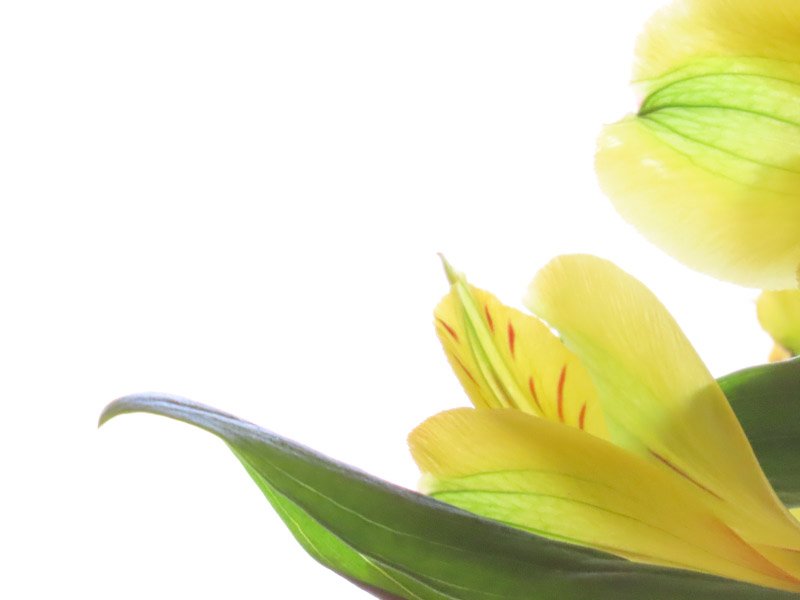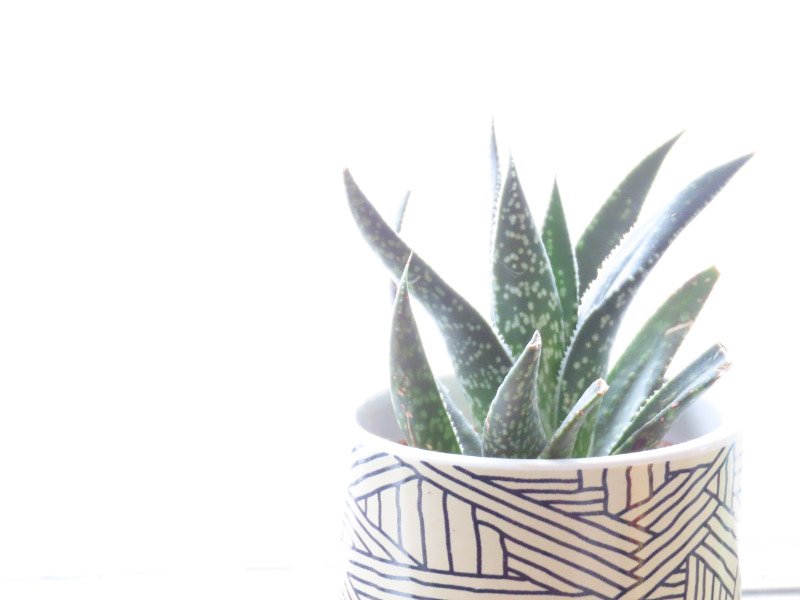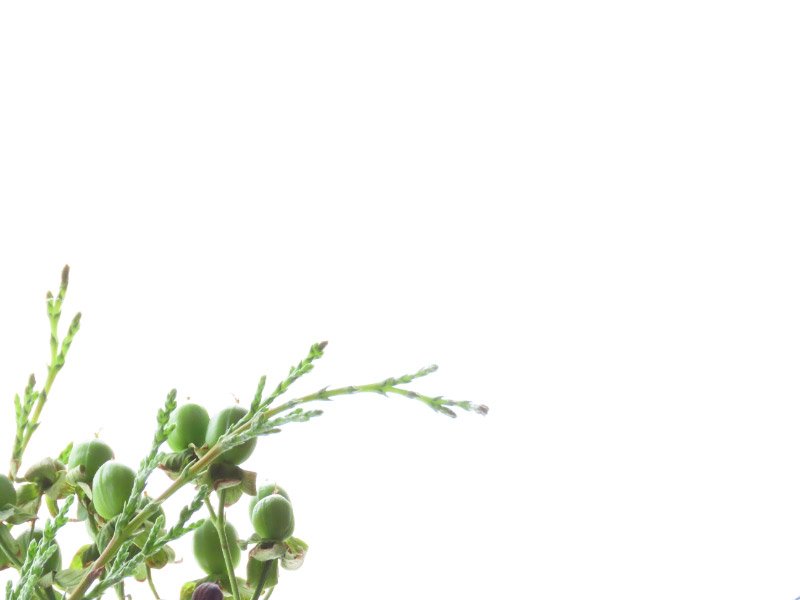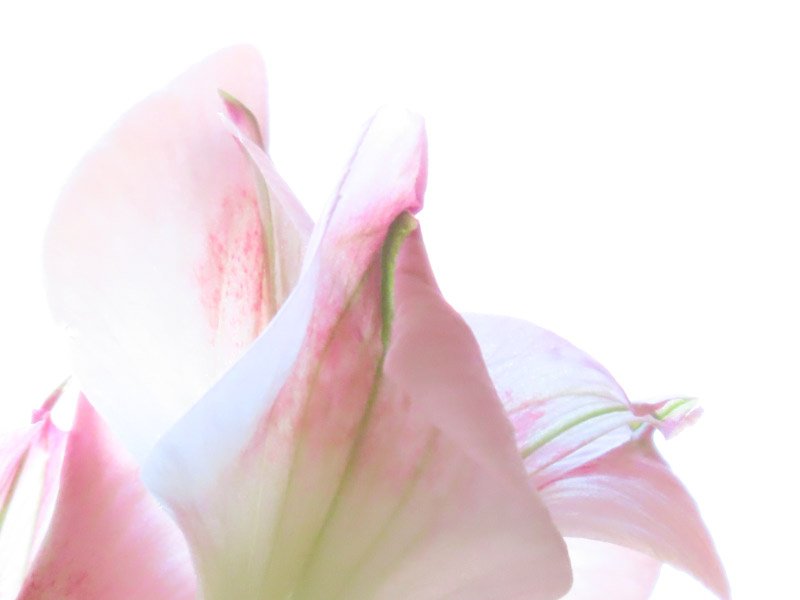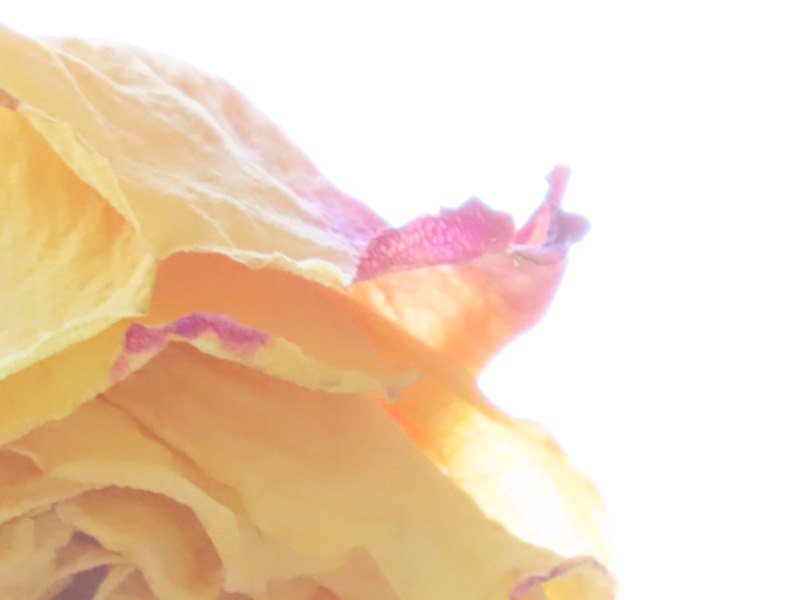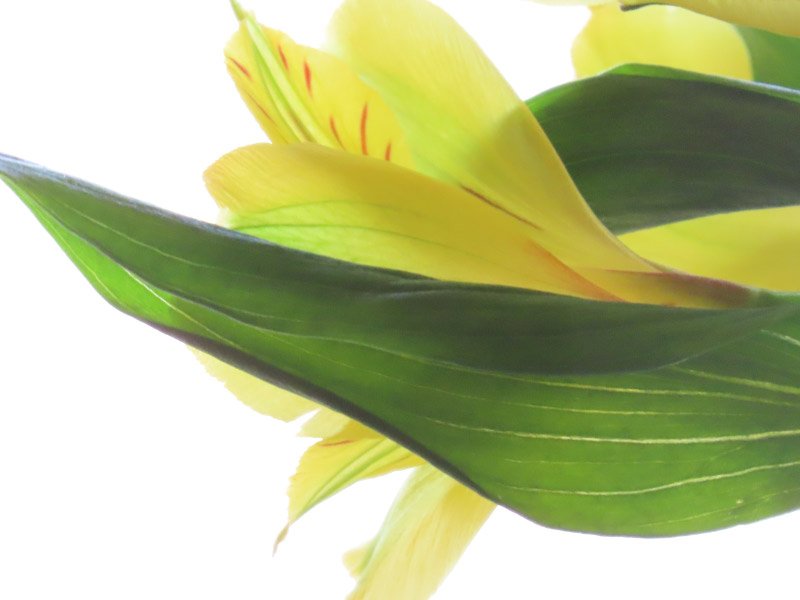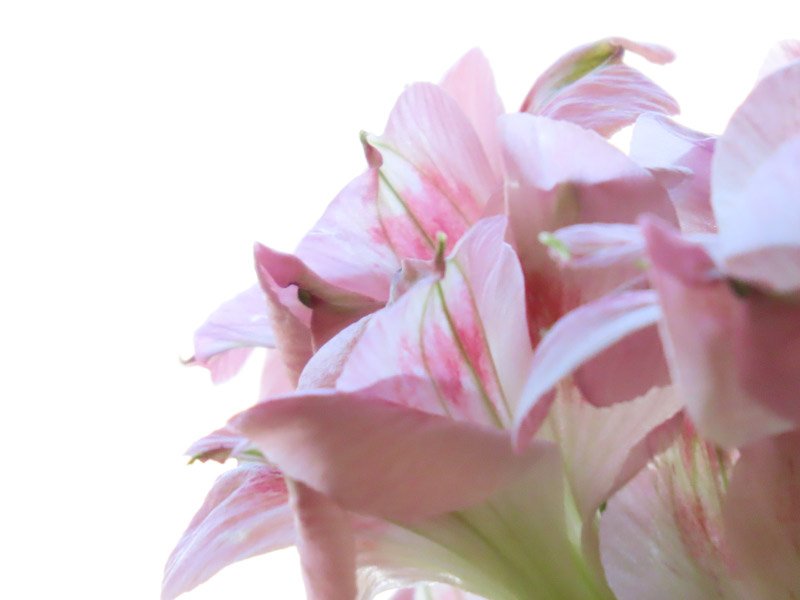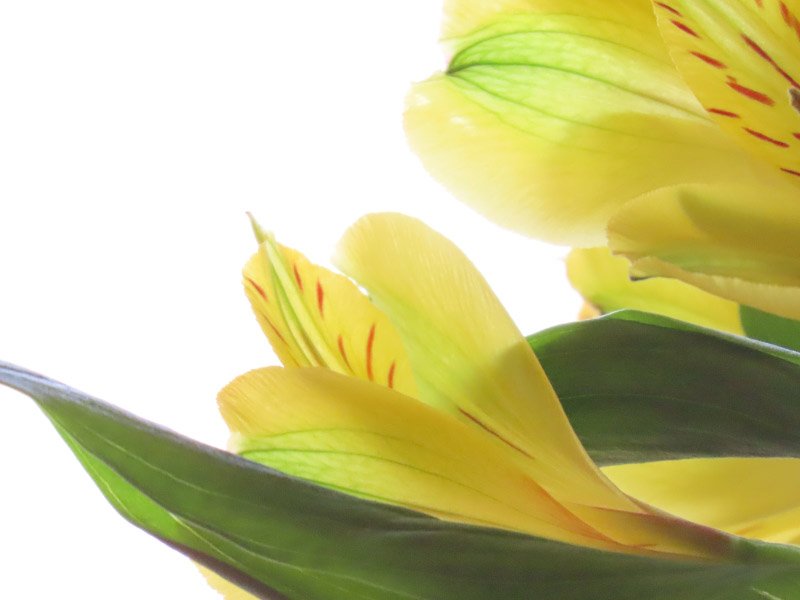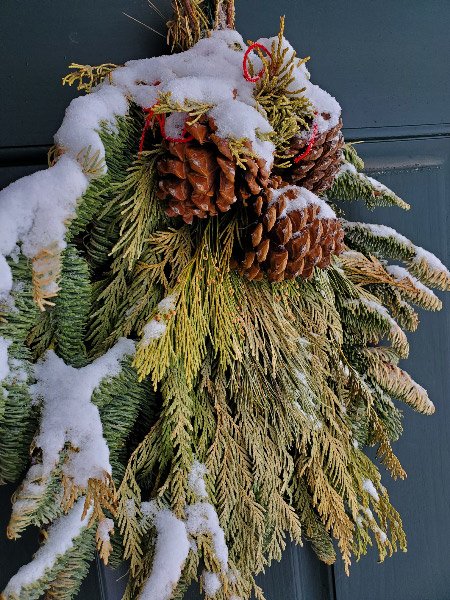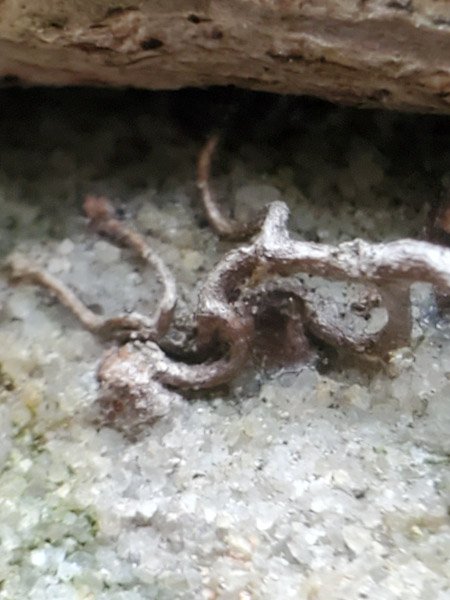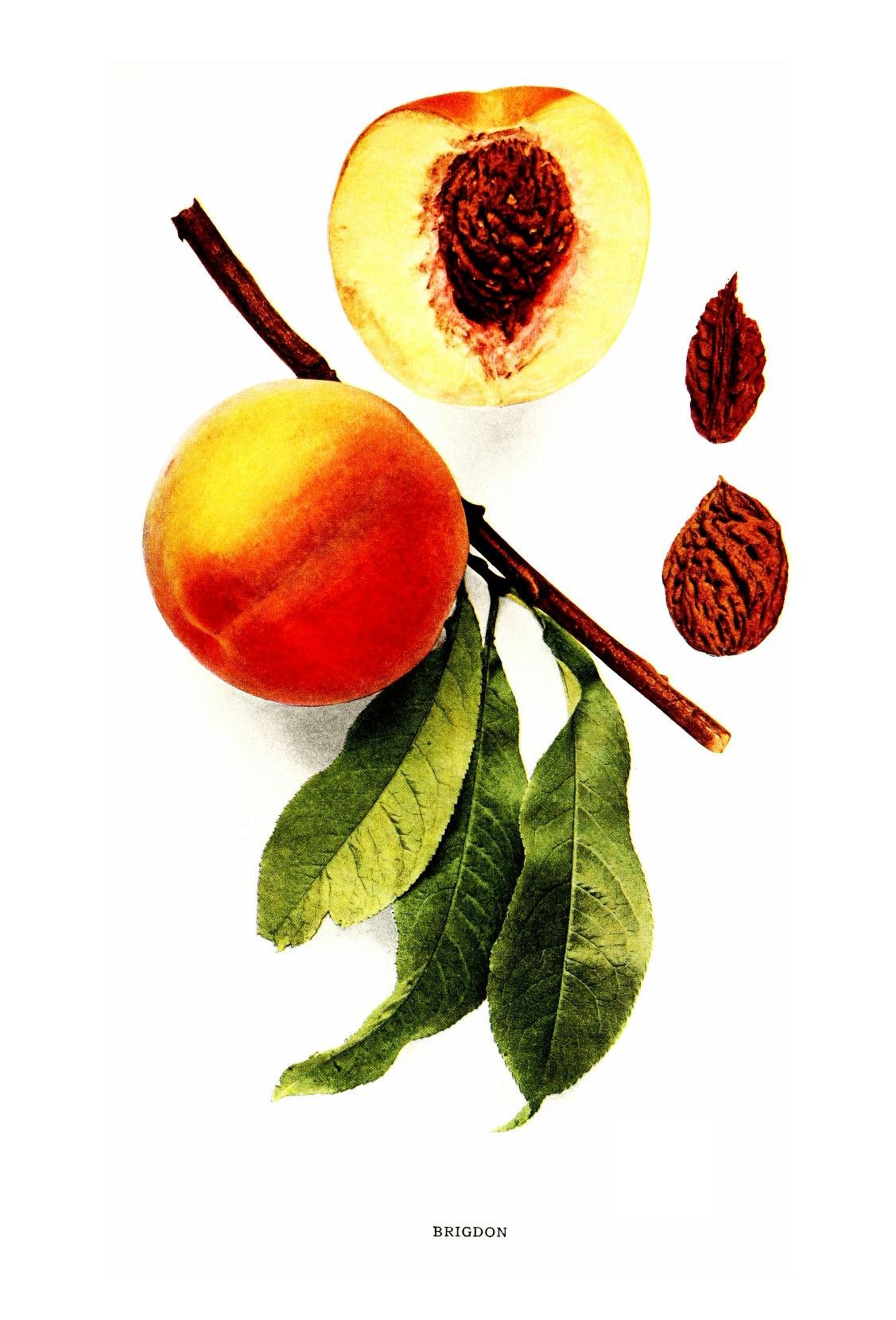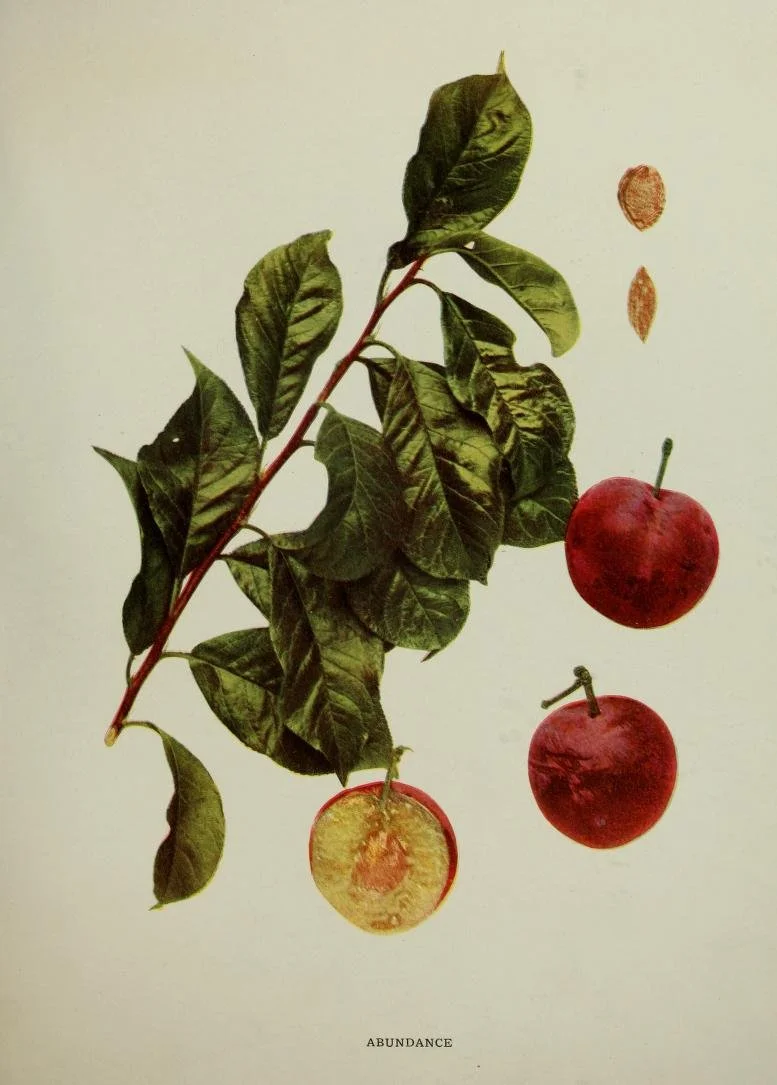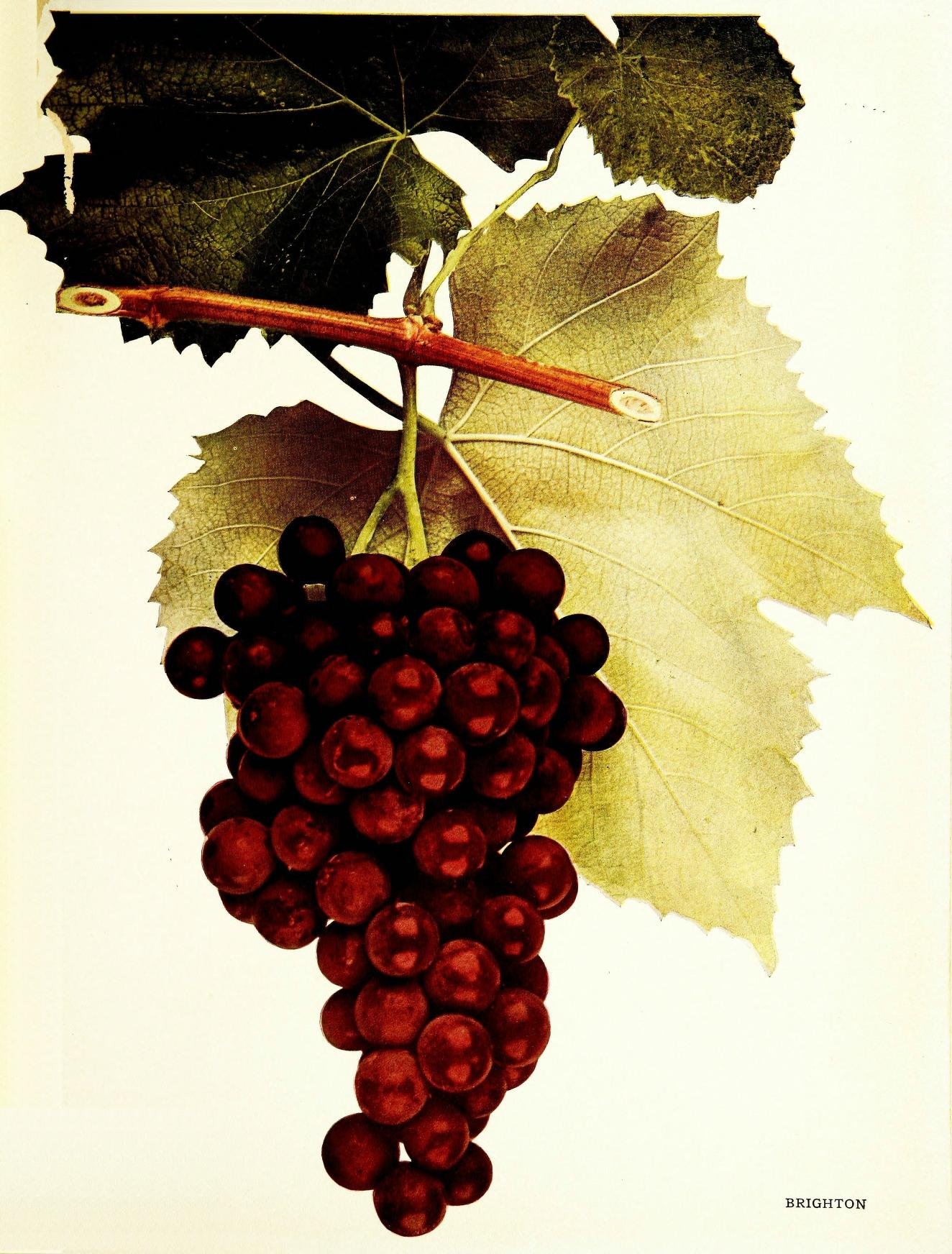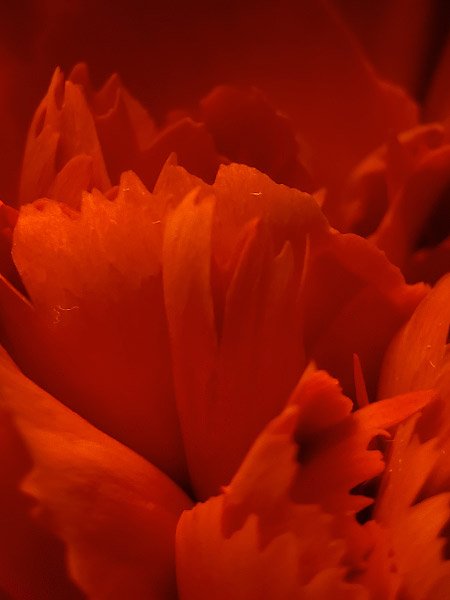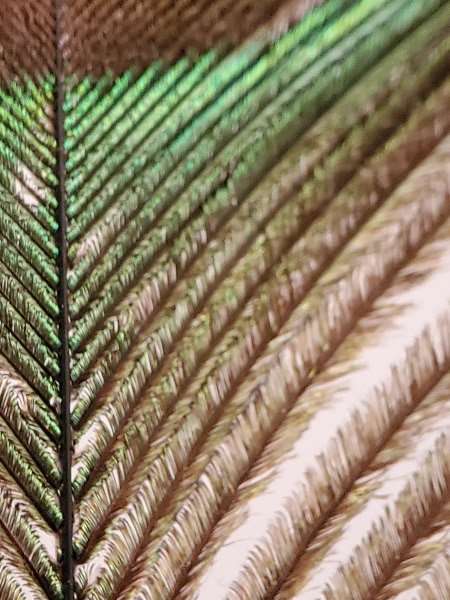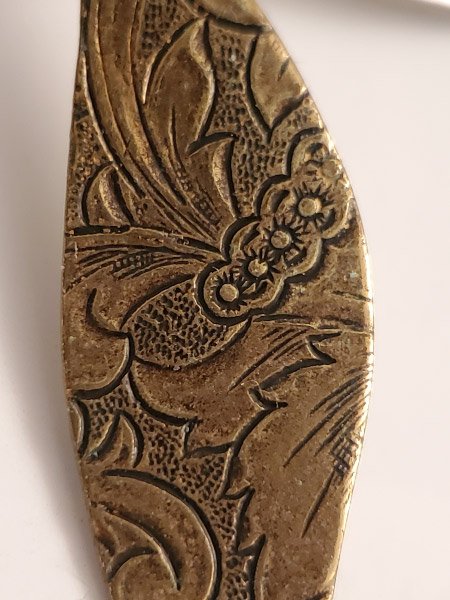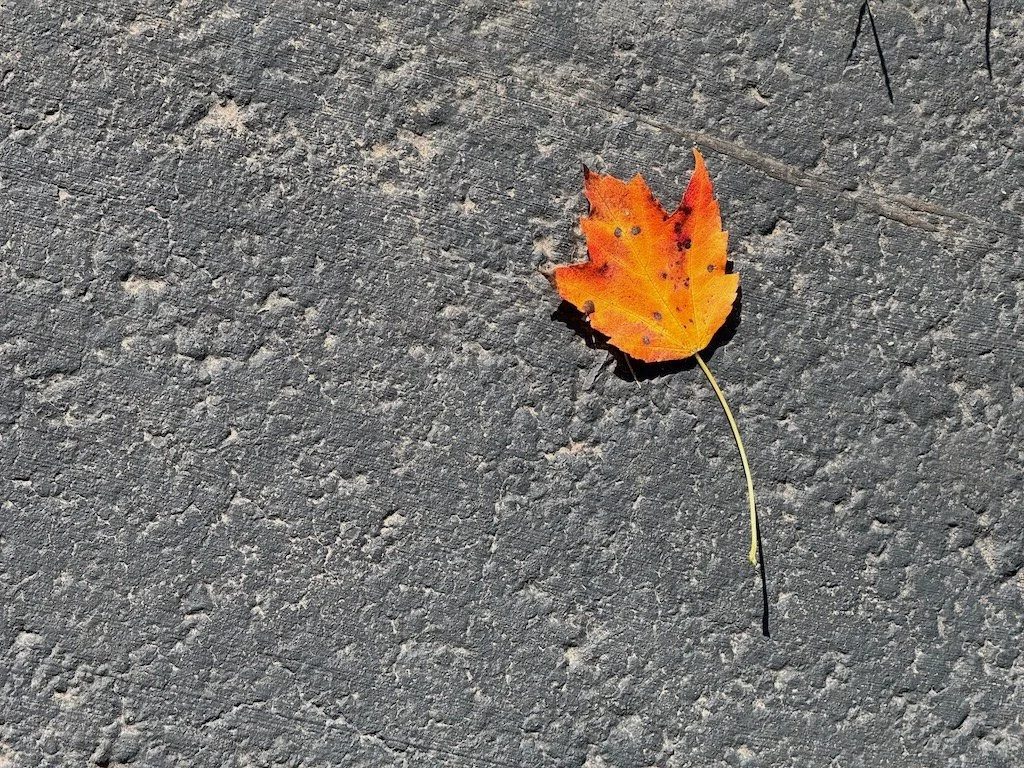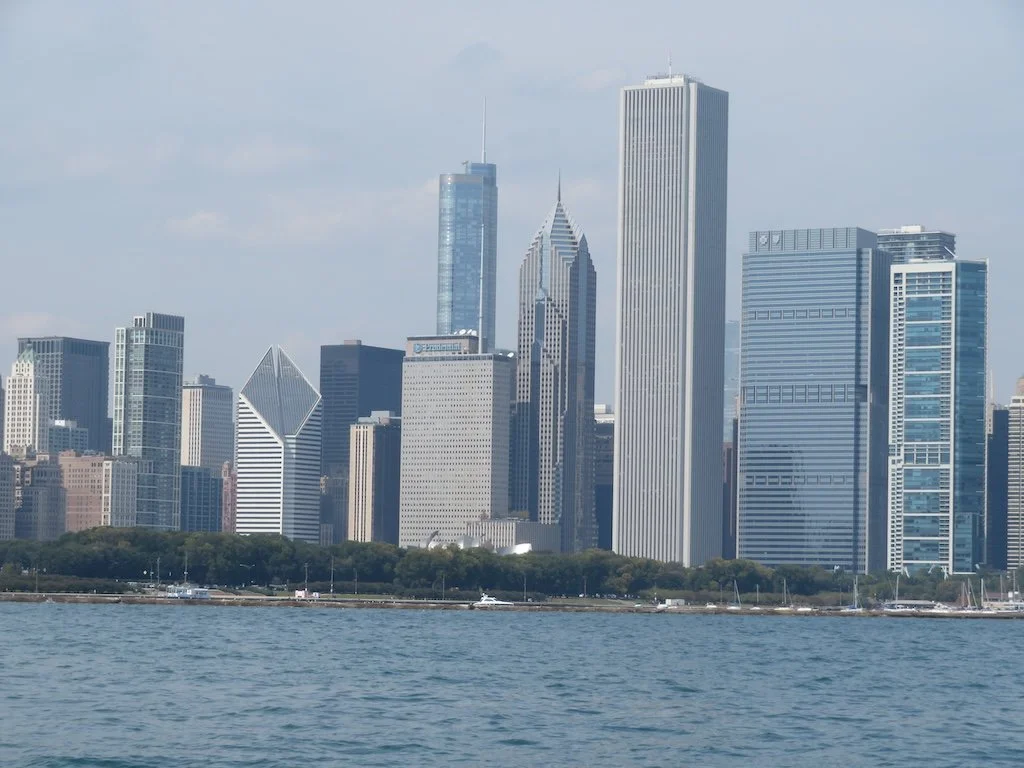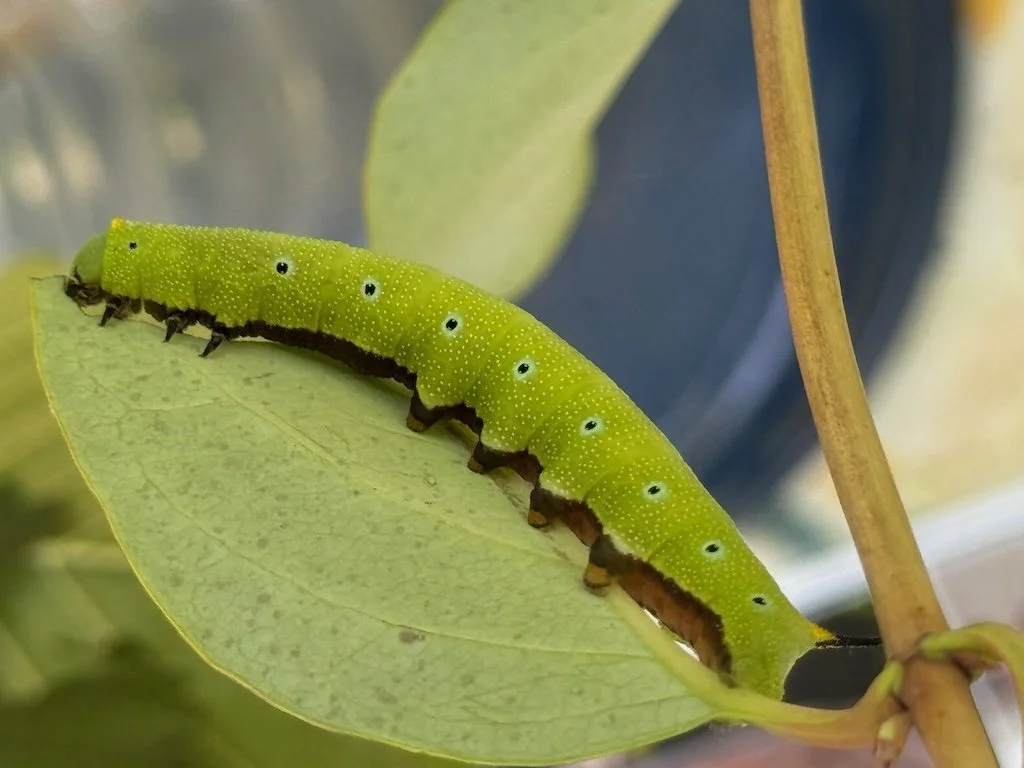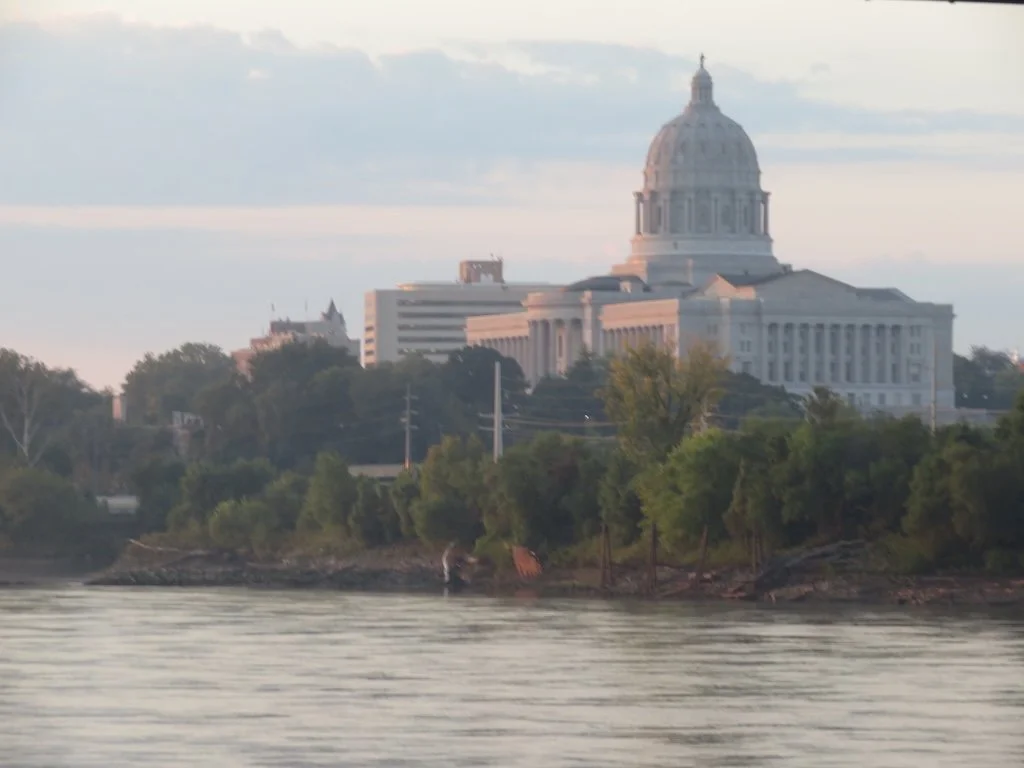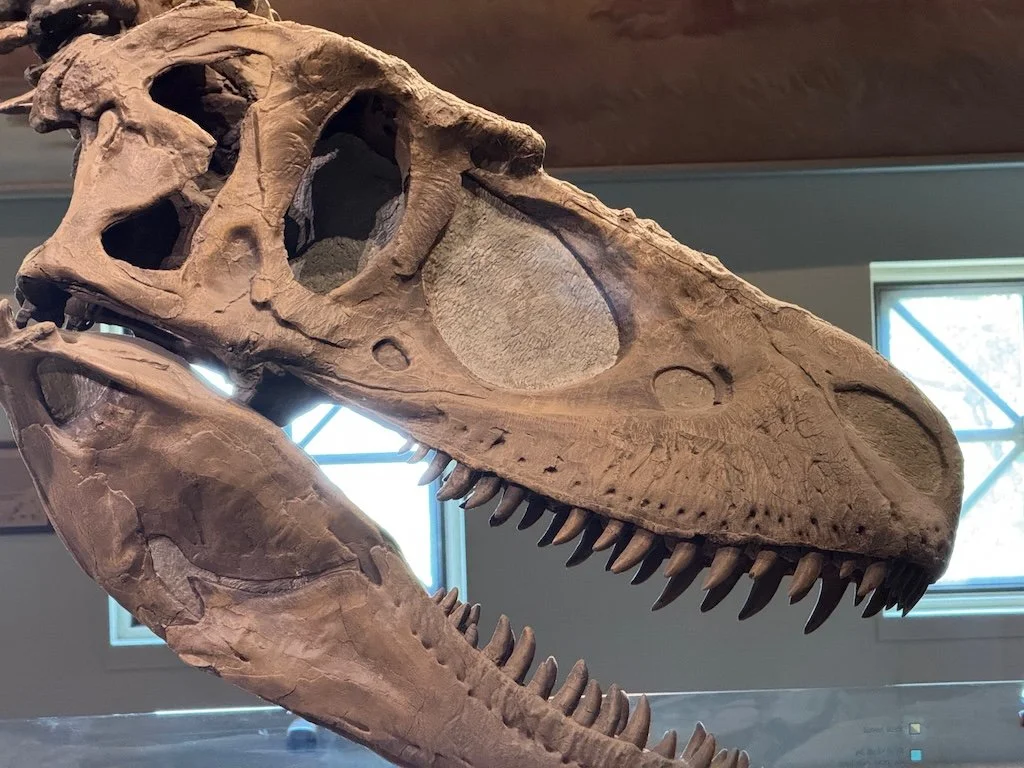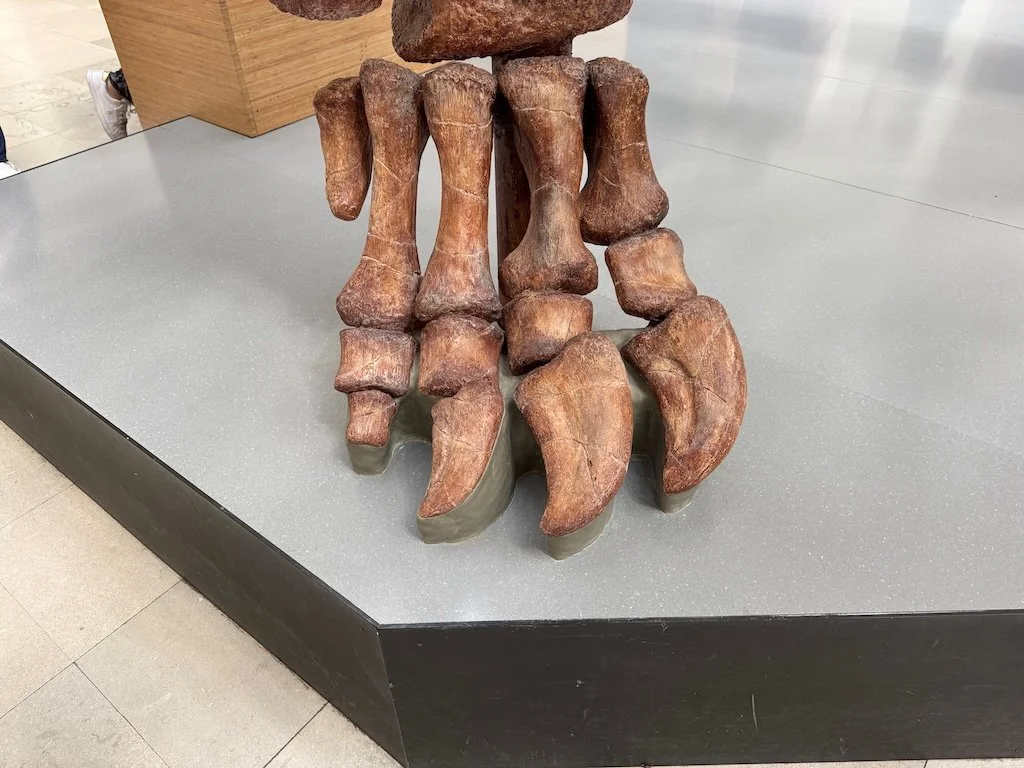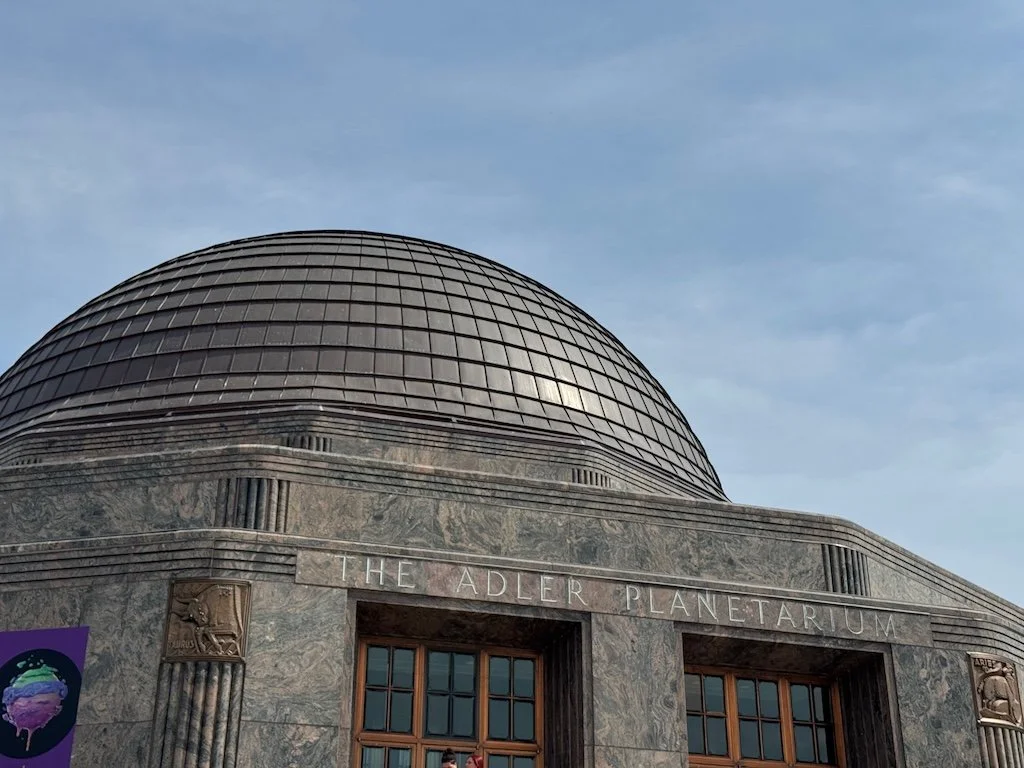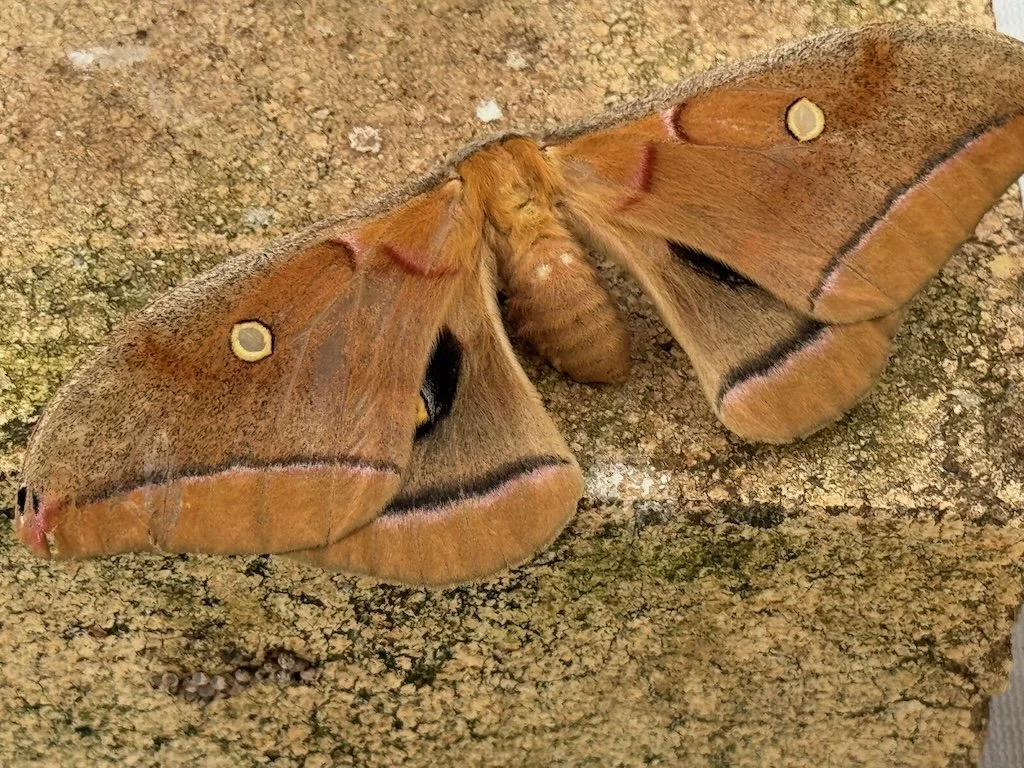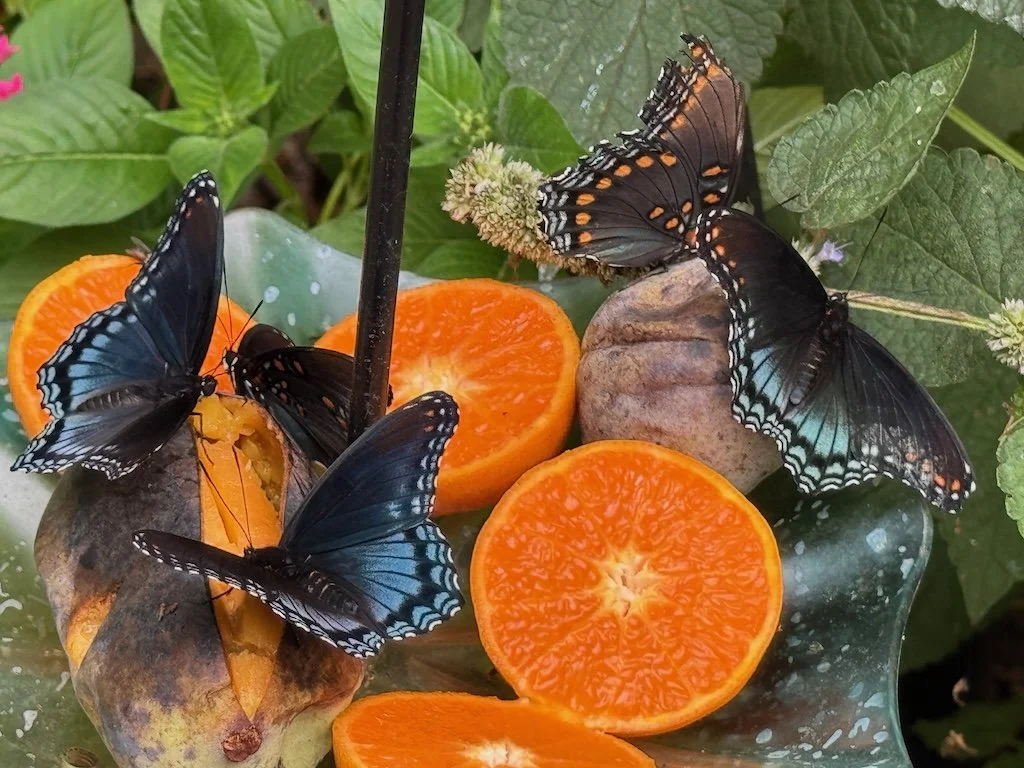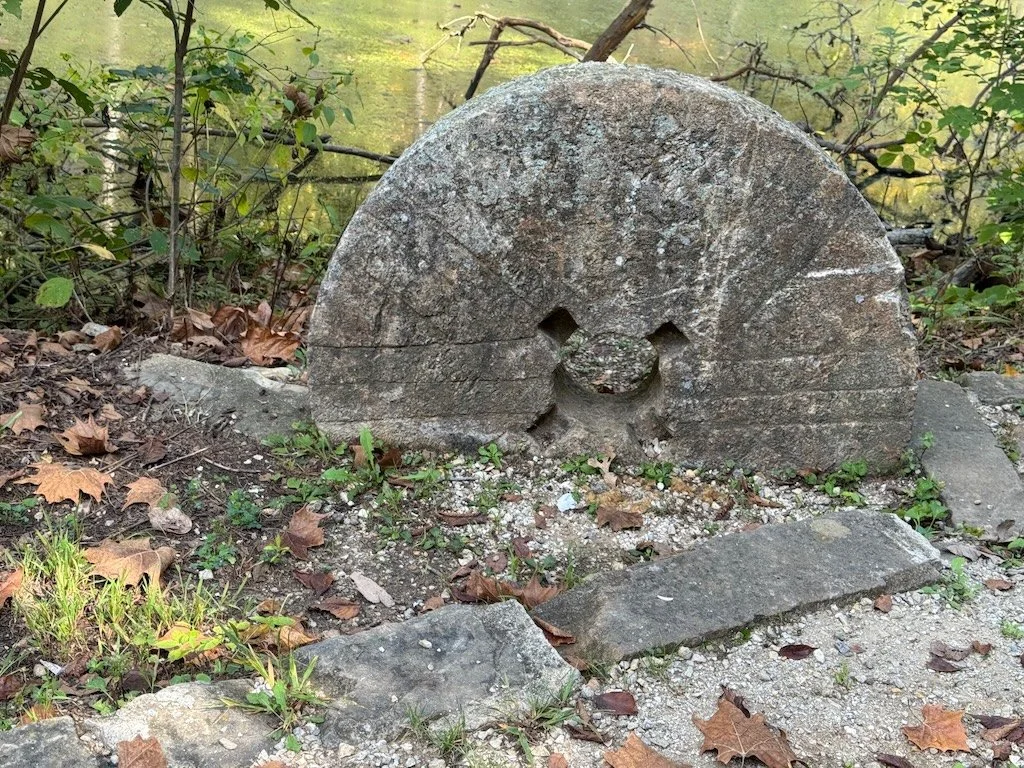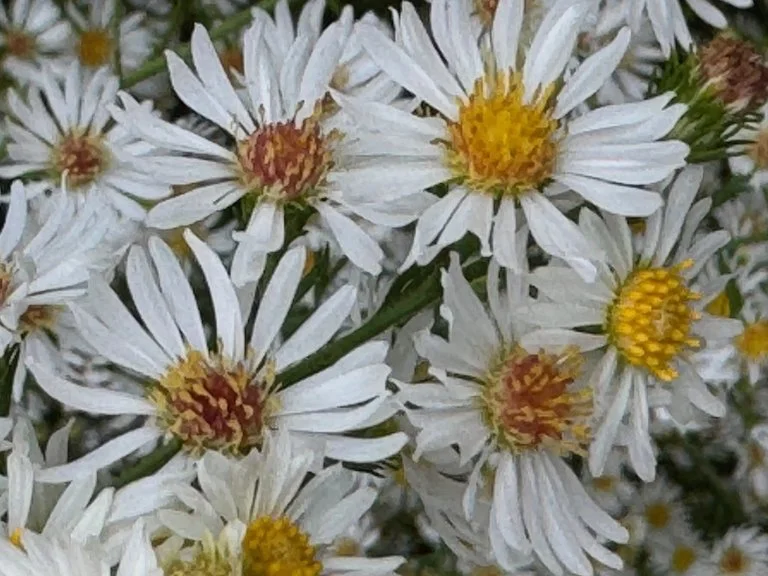Cancer Diary – Entry 11
/The doctor that referred me for cancer surgery scheduled a follow up appointment for about 2.5 weeks after the surgery - assuming the surgeon would complete his role at about 2 weeks after the surgery (which I posted about in the 10th Cancer Diary post). The appointment with the doctor that will continue my care is the most recent milestone in my journey with cancer and getting treatment. He confirmed that I would not need radiation/chemo and ordered blood lab tests immediately and developed a plan for the next year: periodic blood tests and an ultrasound in a year. I am pleased that my cancer was caught early enough that I am on track to be ‘cured’ rather than living with cancer for the rest of my life.
It was bitterly cold the day of the appointment…but I was buoyed by the results I already knew from the surgeon and the continued fading of the hematoma/healing of the incision. The doctor provided excellent feedback and answered questions…the tech that did the blood draw did a great job getting the needle in smoothly then filling the multiple vials of blood required. On the way out of the building, I stopped for a few seconds to photograph the garden that looked so inviting when the weather was warmer; the fountain is turned off now and it’s too cold to linger but I still like the look of the place. I hurried to my car, thoroughly chilled, but appreciating the time out in the world, away from home. I celebrated that the appointment had been early enough that I got a close parking space!
I am so buoyed by the results that I am feeling more optimistic than I have all during the pandemic; I realize that, even though I was consciously reminding myself that the cancer had been detected early, I experienced a deep anxiety about it that became part of everything I was thinking and doing for the past few months. Now I’ve started wearing earrings again (when I am not going to be taking a mask off and on), buying flowers every week at the grocery story and making multiple arrangements to place everywhere in the house. This is a time of celebration…a time to be happy that I am healthy and enjoying winter 2022.
Previous cancer diary posts:




